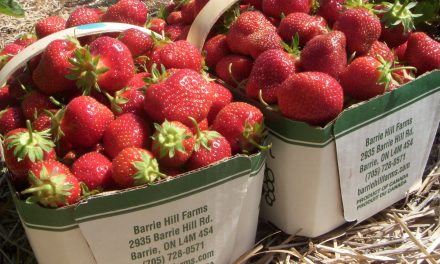It must be tough for some food-challenged countries such as Haiti, Egypt and Mexico to hear this week that the Canadian government will fork over as much as $50 million to pork producers here to shrink their herds.
There's no question the pig farmers have needed help for months, as a global glut of pigs, low prices and escalating feed costs drove them to the brink. The industry asked Ottawa to step in, and to the government's credit, it finally did.
But imagine learning that a foreign government is paying its farmers to produce less, when you're a citizen in a country experiencing food riots and price crises. Instinctively, that has to hurt, despite the legitimacy of Canada's support for its farmers. In our global food environment, where everyone is a buyer and seller, thinking any such action is done in isolation is naive.
Over the past few weeks, as the focus has intensified on food price unrest, University of Guelph agricultural economist Professor Alfons Weersink has been called on frequently to try to explain this situation to the media. Why is inflation in Canada actually falling when food costs are skyrocketing elsewhere? Why don't we have the same pressure on prices?
The answer is complex. A big part of it lies in the amount farmers receive for food they produce, along with the rising cost of fertilizer — which relies on outrageously and artificially priced petroleum, in the production process — the growing competition between crops for fuel versus crops for food, weather conditions elsewhere in the world, and how much of our disposable income goes toward food.
In Canada, Weersink says, food consumes about one-tenth of the money we earn. Simply put, we don't pay very much for food, and it comes back to bite us by pushing farmers to the edge. Then, governments have to come along with huge assistance programs. One way or another, we end up paying the true cost of food . . . except in this scenario, we pay for food through taxes, instead of at the cash register.
Paying 10 per cent of our disposable income for food is low by anyone's standards. For example, Weersink notes that in a country such as Mexico, food costs can be as much as 50 per cent. So right off the bat, any increase in the price of food is going to be felt more there, because more of their income goes toward buying food.
Consider, too, what he calls the farm value of commodities — the share farmers receive at the grocery store for commodities such as bread, meat and cereal. It varies greatly depending on the commodity, but Weersink says it averages about 20 per cent.
So if farmers' commodities are only earning them about a fifth of a food product's cost at the grocery store in North America, and those commodities are primarily where the price increases are reflected, no wonder prices here haven't skyrocketed.
As Weersink points out, another modern reality is that we spend a lot more on processed foods than we do on raw commodities. All that processing takes place after commodities leave the farm. Processing costs money, so increases in energy costs, labour and other essential expenses are going to ultimately reflect in the price of food. Right now, competition between big-box stores and smaller grocery chains is helping keep prices in check.
But let's not turn a blind eye to others who are in need.
We've traditionally helped with food aid, and to the pork-cull program's credit, a lot of the meat it generates will be directed to food banks. We'll have to think of equally inventive ways to help underdeveloped nations adapt to higher food prices.



